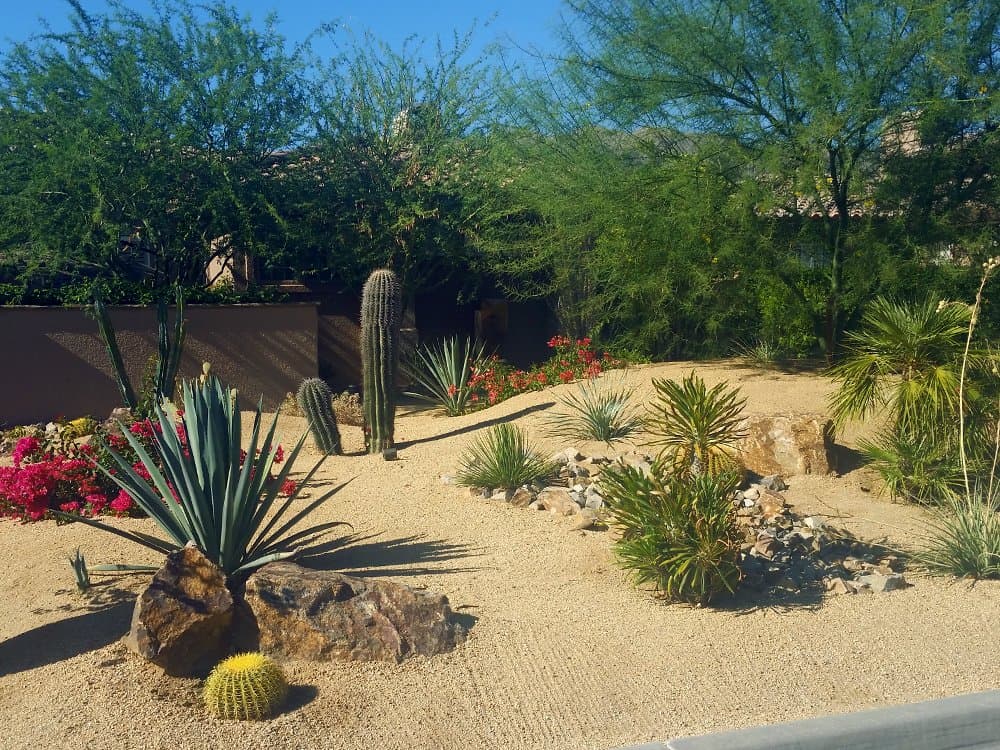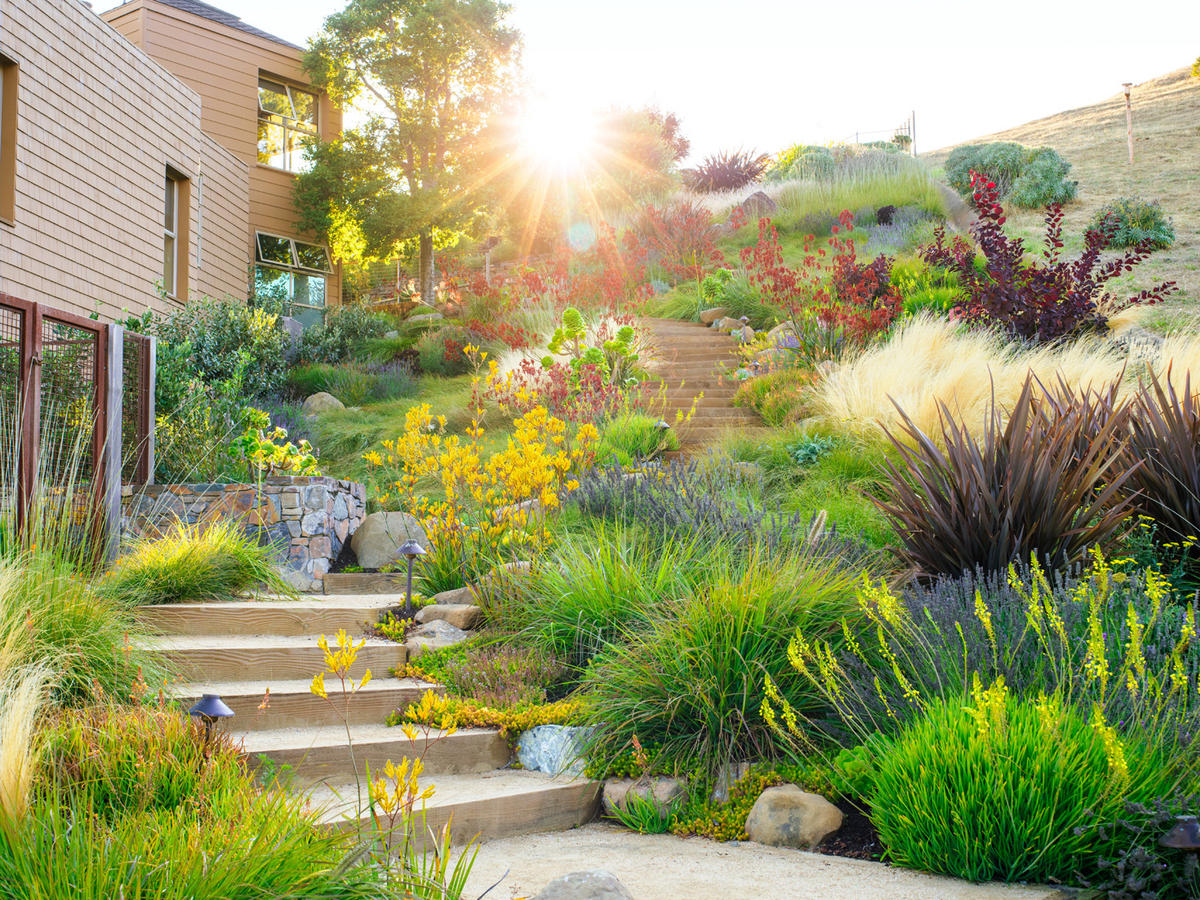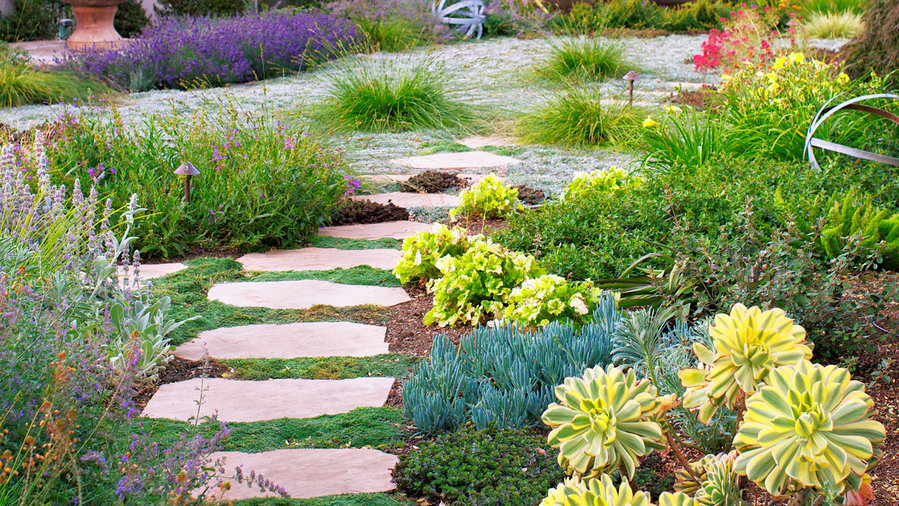All Categories
Featured
Table of Contents
- – Green Landscaping Company El Monte, CA
- – Pacific Green Landscape Maintenance
- – Landscape Design Companies El Monte, CA
- – Green Landscape El Monte, CA
- – Landscape Design Planner El Monte, CA
- – Landscape Companies In California El Monte, CA
- – Backyard Landscaping Company El Monte, CA
- – Design Landscaping El Monte, CA
- – Front House Landscaping El Monte, CA
- – Landscape Design & Construction El Monte, CA
- – Landscaping Designers El Monte, CA
- – Landscape Companies In California El Monte, CA
- – Water Wise Landscaping El Monte, CA
- – Landscape Consultants Near Me El Monte, CA
- – Pacific Green Landscape Maintenance
Green Landscaping Company El Monte, CA
Pacific Green Landscape Maintenance
6530 Whittier Ave Whittier, CA 90601-3919(562) 203-3567
Pacific Green Landscape Maintenance
A water-wise landscape also aids to preserve water. This reality, along with our relatively high degree of water consumption and our population growth, has brought water conservation to the center of those natural resource problems currently facing the state.
Water is a restricting resource in Utah, so developing the landscape to effectively utilize water is essential. A landscape layout must meet the requirements of individuals that will use and keep the location while including the site's existing environmental conditions right into the style. Water is a limiting resource in Utah, so making the landscape to effectively use water is essential.
Develop a plot plan of the location to be landscaped. This is merely a map of the building and yard in addition to the place of existing frameworks, trees and shrubs, residential property lines, driveways, yards, energy lines, contours of the land, or various other possible restrictions to the design. Usage graph paper to prepare a scale map of the property and allow each square stand for a certain range.
These materials can enhance the design while decreasing the quantity of area that needs to be irrigated and preserved. Deciduous trees must be positioned on the south, east and west sides of the building to take benefit of the possible advantages of summer season shade and winter months sun to warmth or cool down the building.
Landscape Design Companies El Monte, CA
In order to secure a home from cold and snow, usage trees and bushes as insulators or windbreaks along the structure. When choosing plants, recognize their water requirements and group those with comparable watering requirements in the exact same location or watering zone. This will certainly aid to extra accurately fulfill plant water requires while preserving water.
Plants adapted to the completely dry problems of Utah will certainly survive with little or no water (zone 0). It is necessary to understand the water demands of the plants at the site to most efficiently meet these needs without squandering water. The watering zone layouts will certainly depend on the amount of water you wish to utilize for the landscape, just how much money you can invest in landscape water, and what you want to accomplish visually and ecologically.
Symmetrical is a much more formal style of layout with products on one side mirrored on the various other. Unbalanced balance can be achieved by making use of various aspects to produce an extra casual equilibrium.
Group plants to achieve a unifying impact in the landscape (normally in groups of 3, 5, or 7). Plants can be organized according to shade, appearance, or form. Nonetheless, some variety in shade, plant material, hardscaping structures, etc, includes passion to the landscape. Repetition of components (shades, structures, plant type) in the landscape offers a feeling of connection and aids lead the eye with the landscape.
Green Landscape El Monte, CA

A lot of plants do well under a series of dirt problems, nevertheless numerous plants have an optimal pH array, salt resistance level, and soil dampness need. In selecting plants for Utah, bear in mind that the majority of dirts have an alkaline (high) pH and some have modest to high salt levels. The most standard element of your landscape is the soil and several landscape issues can be avoided if a sufficient amount of time is invested on correctly preparing the dirt prior to the landscape is installed.
Utilizing plant species that are adapted to the dirt will certainly aid lessen upkeep and water needed. Two significant issues are sufficient depth of topsoil and the top quality of topsoil. A depth of 8-12" is perfect and will solve numerous issues in the future. Plant growth and simplicity of upkeep are boosted tremendously by top quality soils.
To amend soils properly calls for an understanding of the following qualities. This describes the percents of sand, silt, and clay in a soil. Sandy soils drain pipes swiftly and preserve little water or nutrients. Clay soils include much smaller bits and have less water drainage, but much better nutrient retention than sandy dirts.
Landscape Design Planner El Monte, CA
Loam soils, or close relatives such as clay loams or silt loams, are the most effective dirts for plant development. Structure describes the level to which little dirt bits clump together, developing both big and tiny pores throughout the dirt. This clumping aids water and air activity in the soil because water and air can move easily via the big pores.
Organic issue is valuable in dirt because it decomposes to provide plant nutrients. Raw material additionally boosts water infiltration, water drainage and retention in the dirt, mostly because of its capacity to boost dirt framework. Manure, compost, leaves, and grass cuttings are resources of soil raw material. The vitamins and mineral standing of the dirt describes the amount of nutrients such a nitrogen, phosphorus, and potassium in the dirt.
Landscape Companies In California El Monte, CA
It is crucial due to the fact that the dirt pH impacts the availability of mineral nutrients to plants. Due to the high pH of these dirts, the iron present is not conveniently offered for plant growth.
Guidelines and tasting sets for soil examinations are offered at county Cooperative Extension offices. Plant choice is a fun component of the layout process for most people and selecting the right plant for the right area is essential for developing a water-efficient landscape.
Select plants based on elevation, size, form, shade, and kind that will certainly ideal help accomplish the design objectives. Plants can be used to preserve energy or water, block undesirable views or sound (dense plant material), control erosion on steep inclines (lower expanding groundcovers) and attract birds, butterflies and . There are many resources for water-wise plant lists and tree choice that are searchable by preferred qualities and water use.
This does not always suggest that water-wise landscapes are composed entirely of indigenous plants. Some native plants, such as Aspen, do not generally do well at the altitudes and water levels in a lot of yards as they are adjusted to high elevations and wet-meadow scenarios. There are several plants from other dry regions around the globe that are well-adapted to fit the low-water requirements of our region.
Backyard Landscaping Company El Monte, CA
Remember that smaller sized plants tend to have reduced water demands than larger plants. Assume regarding the timing of the vegetation, bloom and seed head displays of the growing product to ensure rate of interest year round. Attempt to Incorporate springtime, summertime and fall interest in each growing team so that no place in the landscape looks bare.
Get in touch with your regional Utah State University Region County agent or most likely to the USDA Plant Strength Website to find out the strength area of your location. Lawns have several advantages including cooling effects, erosion control, water purification and water infiltration. Lawns can stand up to trampling and play that no other plant can handle.
With mindful option and efficient watering, yards can be an important part of the low-water landscape. Of the seven assisting concepts of water-wise landscape design (a.k.a. Xeriscaping), the most debatable involves the usage of turfgrass in the landscape.
Design Landscaping El Monte, CA
Buffalo grass (right) is a good lawn selection for Intermountain landscapes. The reason that turfgrass is mentioned especially in water-wise landscape design standards is that there is wonderful prospective for over-irrigation of turfgrasses. Unlike various other plants that exhibit the stress and anxieties of over-watering easily, turfgrass has the ability to hold up against a lot of over-irrigation without exhibiting indicators of tension.
These realities paired with a "a lot more is always far better" mindset toward landscape watering, incline turfgrass areas to over-irrigation. Turfgrass has some extremely certain benefits in the landscape. For example, it is the only landscape plant material that can endure the tensions of website traffic and mowing that are generally put on it.
And mowed yards are a basic element of lots of city fire control strategies. Turfgrass also supplies lots of other ecological benefits. One such benefit is a decrease in the amount of surface area overflow water. This is a key element to securing water quality. A typical golf links, as an example, can take in 4 million gallons of water during a 1-inch rainstorm.
If the only time a turf location obtains website traffic is when it's mowed, possibly a lower upkeep plant would certainly function in that location. This notice likewise discusses the qualities and applications of typically made use of turfgrass species in Utah.
Front House Landscaping El Monte, CA
Many turfgrasses can withstand significant drought stress by going into dormancy (turning brown). In these types of areas, there are many other plants that are extra practical options.
End up being familiar with the real water needs of the turfgrass and don't exceed them. For instance, cutting at a height of 2 or 3 inches will certainly encourage deeper rooting and improved warm and drought resistance (Landscape Design And Construction El Monte). Correct fertilization will likewise sustain healthy and balanced turfgrass and allow it to hold up against the stress and anxieties of heat and drought better
Landscape Design & Construction El Monte, CA

Mulch covers the soil and stops crusting, compaction, and water dissipation, while additionally offering a vital visual style facet. Selecting the right compost for the situation is reliant on plant choice, sprinkling regimen and site usage.
Mulch covers the soil and protects against crusting, compaction, and water dissipation. Mulch can give several advantages in water-wise landscapes. Mulch covers the soil and avoids crusting, compaction, and water dissipation - Landscape Design And Construction El Monte. Mulching around trees, shrubs, and in flower beds can result in a ten-fold reduction in evaporative water loss from soil.
With less weeds, less cultivation is called for, which can prevent damages to plant origins, dirt framework, and soil organisms. In enhancement, mulch moderates soil temperature level and secures plant origins.
Landscaping Designers El Monte, CA
Organic mulches include products such as wood or bark chips, shredded bark, nut coverings, pine needles, or other disposed of plant components. These materials have the potential to boost dirt structure, increase dirt fertility, avoid compaction, and boost dirt raw material as they damage down and are integrated right into the dirt.
To make certain sufficient water infiltration and oygenation and to slow down decay, make certain mulch fragments are bigger than the underlying soil particles (usually larger than a fifty percent inch in size). Recycled plant products must be totally free from weed seeds, disease-causing organisms, and chemical and herbicide deposits. You can either utilize disease-free plant parts that have not been chemically dealt with, or you can compost your mulch prior to use.
Landscape Companies In California El Monte, CA
Nitrogen loss can be stayed clear of by using composted mulch or by including nitrogen at a rate of 1-2 lbs actual N per 1000 ft2. With time, organic mulches break down and will certainly need to be restored. Replenishment can be achieved simply by including even more mulch over the top of the broken down mulch material.
The choice regarding which to utilize will depend upon the kind of landscape, the factor for its usage, and its availability. Instances consist of gravel or smashed rock, lava rock, recycled toppled glass, and cobblestones of various sizes, forms, and shades (Landscape Design And Construction El Monte). The size of inorganic mulch bits must match the range of the landscape
Water Wise Landscaping El Monte, CA
In addition to preserving water, correct irrigation can urge deeper root growth and much healthier, much more drought tolerant landscapes. An important part of water-efficient landscaping is developing hydrozones for your irrigation requires. To offer adequate water to all plants without over or under-watering some, team plants with similar irrigation needs in one zone.
One more essential facet of watering planning includes routine maintenance of the system. Monthly evaluation of the watering system, while in usage, will help you to find and repair any kind of broken, misaligned, or clogged lawn sprinkler heads and maintain your system running successfully. Drip Irrigation systems contains plastic pipelines with emitters that provide water straight to plants.
Strategy and style watering systems so that turfgrass locations are irrigated individually from various other landscape plants. There are several sources offered to establish the ideal watering schedule for turf locations in Utah. from the Utah Division of Water Resources from the Utah Division of Water Resources Trees and hedges have much deeper and much more substantial origin systems than turfgrass so they should be sprinkled much less regularly yet for longer time periods.
The amount of water to use in any kind of circumstance depends on the dirt kind. Sandy soils absorb water the fastest (about 2" per hour), complied with by loam soils (3/4" per hour).
Landscape Consultants Near Me El Monte, CA

Pacific Green Landscape Maintenance
Address: 6530 Whittier Ave Whittier, CA 90601-3919Phone: (562) 203-3567
Email: pacificgreencompany@gmail.com
Pacific Green Landscape Maintenance
By allowing water to pass through much deeper into the dirt account, you are motivating deeper rooting and an even more drought tolerant plant. Constant, light watering will lead to plants that have a superficial origin system which are more susceptible to water stress and anxiety. When utilizing automatic sprinkler concerning 1/2 -1 inch of water may be called for weekly for shrubs and smaller trees (
Green Landscaping Company El Monte, CALandscape And Design El Monte, CA
Landscaping Designers El Monte, CA
Design Landscape El Monte, CA
Water Wise Landscaping El Monte, CA
Landscape Designers In My Area El Monte, CA
Landscape Designer El Monte, CA
Green Landscape El Monte, CA
Front House Landscaping El Monte, CA
Green Landscaping Company El Monte, CA
Landscape Design Services El Monte, CA
Landscape Design And Construction El Monte, CA
Landscape Consultants Near Me El Monte, CA
Local Landscape Designers El Monte, CA
Landscaping Designers El Monte, CA
Landscape Designers In My Area El Monte, CA
Landscape Designers El Monte, CA
Landscape Design And Installation El Monte, CA
Landscape Designers In My Area El Monte, CA
Local Landscape Designers El Monte, CA
Green Landscape El Monte, CA
Drought Tolerant Landscape Design El Monte, CA
Landscape Companys El Monte, CA
Landscape Design And Construction El Monte, CA
Drought Tolerant Landscape Design El Monte, CA
Landscaping Designers El Monte, CA
Landscape Design Services El Monte, CA
Design Landscaping El Monte, CA
Design Landscaping El Monte, CA
Construction Landscaping El Monte, CA
Water Wise Landscaping El Monte, CA
Backyard Landscaping Company El Monte, CA
Landscaping Design Company El Monte, CA
Design Landscape El Monte, CA
Front House Landscaping El Monte, CA
Local Landscape Designers El Monte, CA
Design Landscaping El Monte, CA
Local Landscape Designers El Monte, CA
Landscape Design & Construction El Monte, CA
Water Wise Landscaping El Monte, CA
Yard Design El Monte, CA
Landscape Design & Construction El Monte, CA
Landscape Design Installation El Monte, CA
Design Landscaping El Monte, CA
Landscape Designers In My Area El Monte, CA
Design Landscaping El Monte, CA
Local Landscape Designers El Monte, CA
Landscape Design Services El Monte, CA
Landscape Companys El Monte, CA
Landscape Designers In My Area El Monte, CA
Design Landscaping El Monte, CA
Green Landscaping Company El Monte, CA
Landscape Consulting El Monte, CA
Landscape Design And Installation El Monte, CA
Landscape Designers In My Area El Monte, CA
Construction Landscaping El Monte, CA
Landscape Companys El Monte, CA
Design Landscaping El Monte, CA
Construction Landscaping El Monte, CA
Landscape And Design El Monte, CA
Landscape And Design El Monte, CA
Design Landscape El Monte, CA
Landscape Design Installation El Monte, CA
Near Me Seo Pricing El Monte, CA
Near My Location Seo Companies El Monte, CA
Pacific Green Landscape Maintenance
Table of Contents
- – Green Landscaping Company El Monte, CA
- – Pacific Green Landscape Maintenance
- – Landscape Design Companies El Monte, CA
- – Green Landscape El Monte, CA
- – Landscape Design Planner El Monte, CA
- – Landscape Companies In California El Monte, CA
- – Backyard Landscaping Company El Monte, CA
- – Design Landscaping El Monte, CA
- – Front House Landscaping El Monte, CA
- – Landscape Design & Construction El Monte, CA
- – Landscaping Designers El Monte, CA
- – Landscape Companies In California El Monte, CA
- – Water Wise Landscaping El Monte, CA
- – Landscape Consultants Near Me El Monte, CA
- – Pacific Green Landscape Maintenance
Latest Posts
Gas Line Plumber Poway
Silverado Trailer Window Replacement
Chino Truck Repair
More
Latest Posts
Gas Line Plumber Poway
Silverado Trailer Window Replacement
Chino Truck Repair